


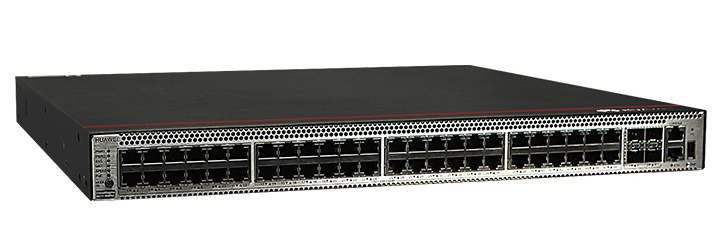
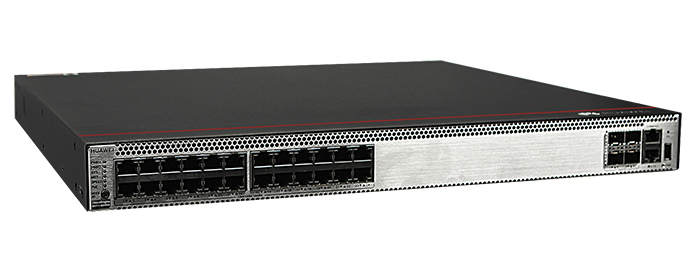
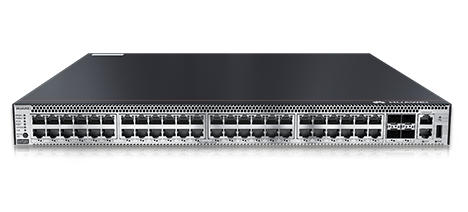
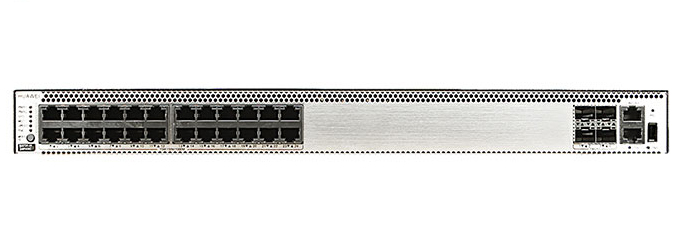
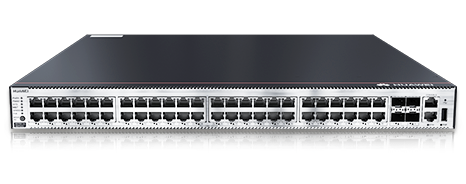

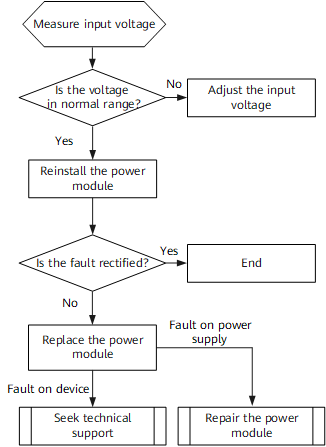
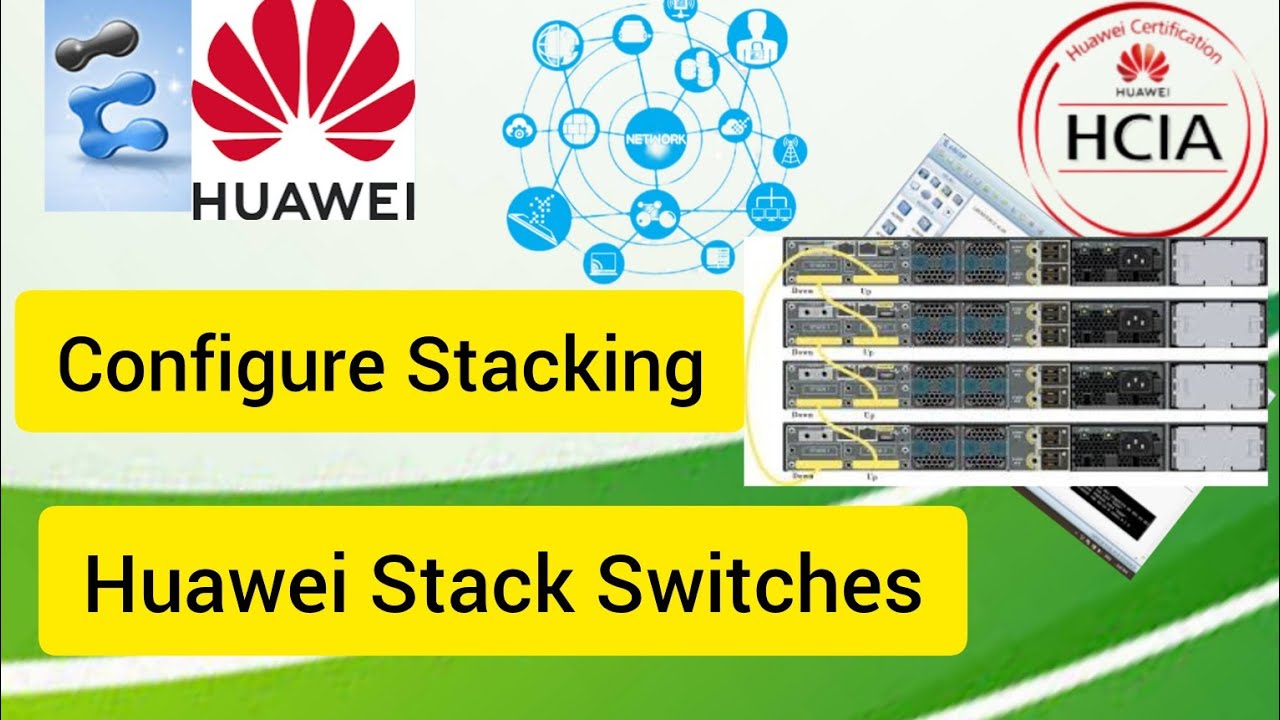
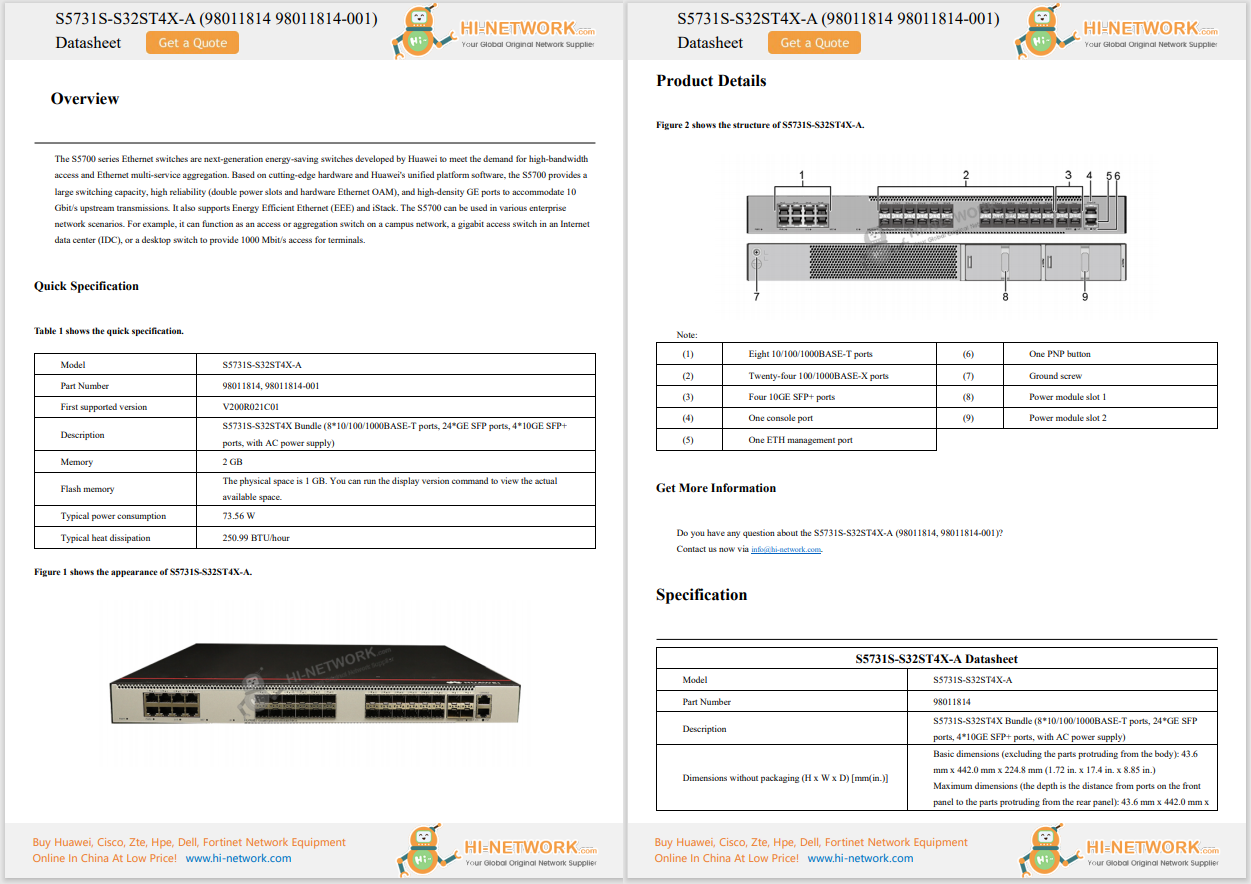
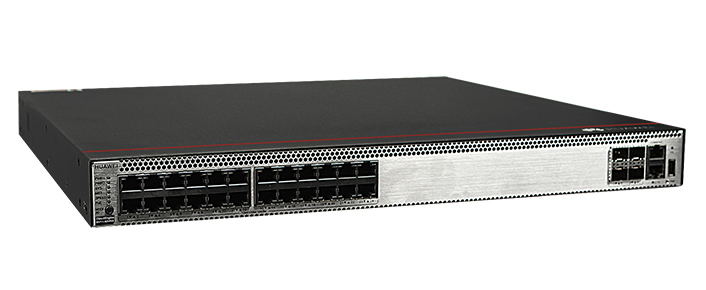

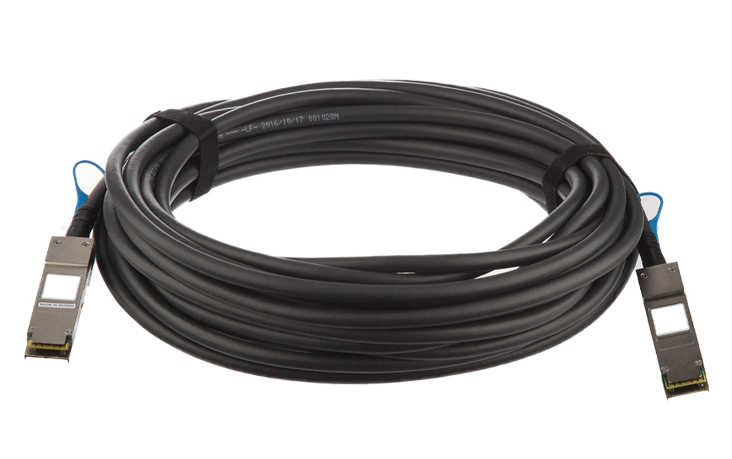
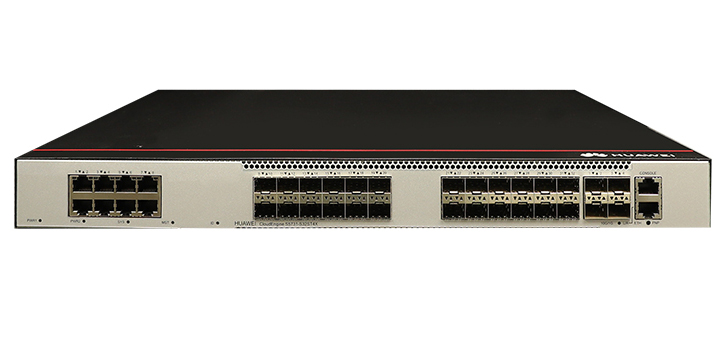
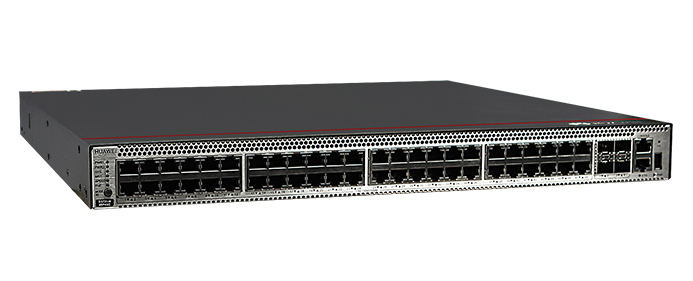
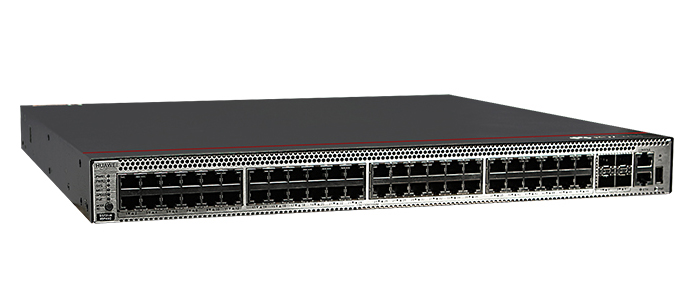


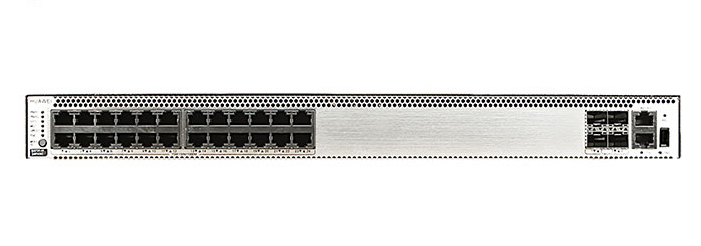
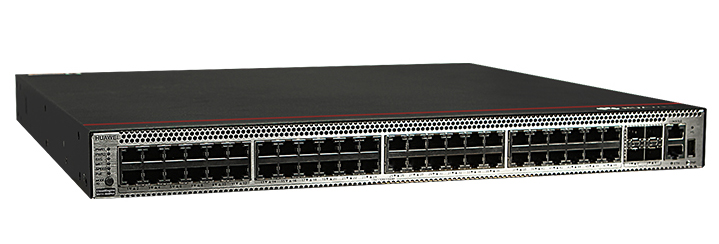
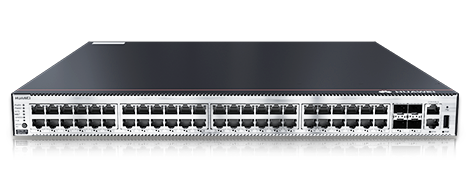
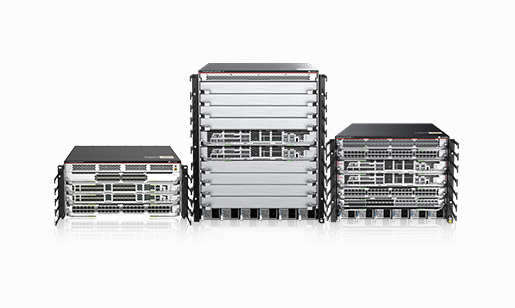
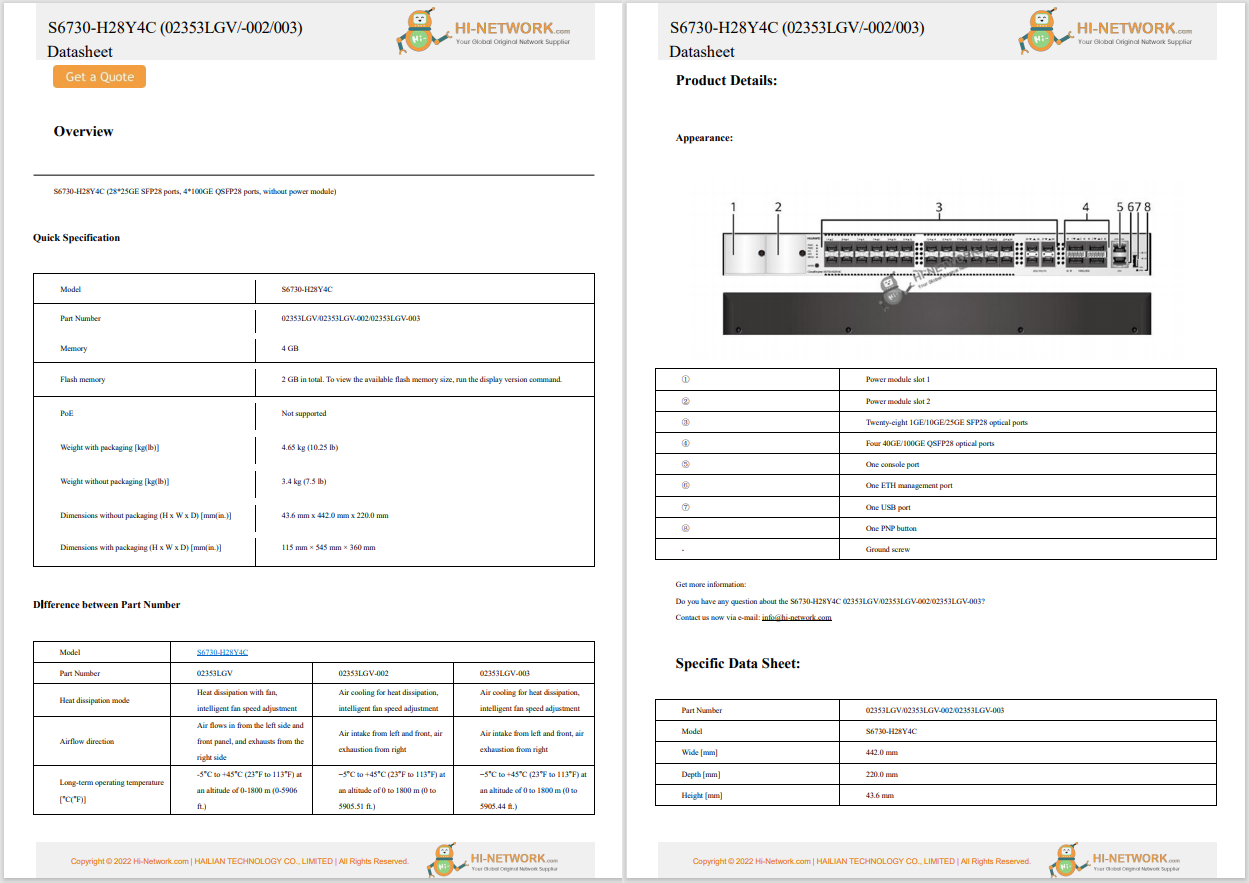

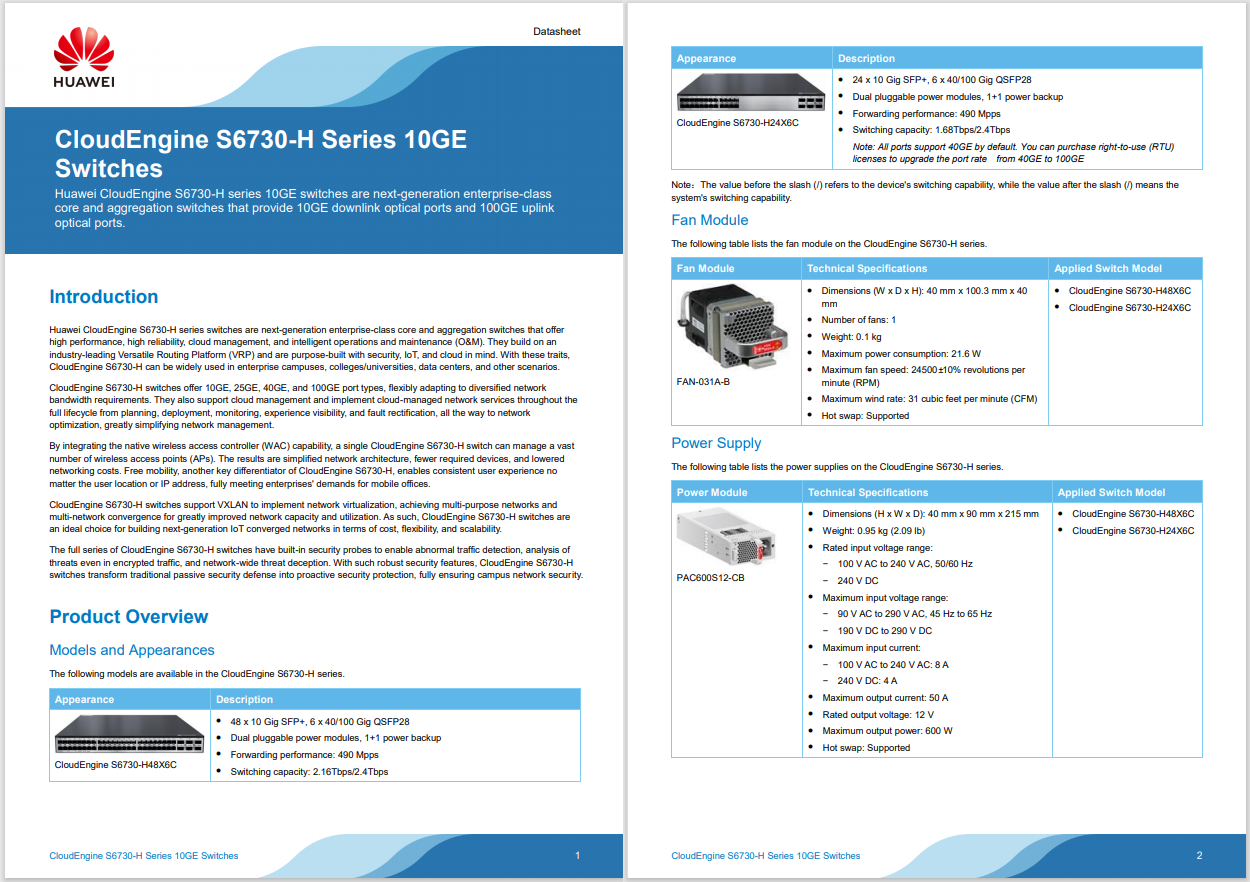
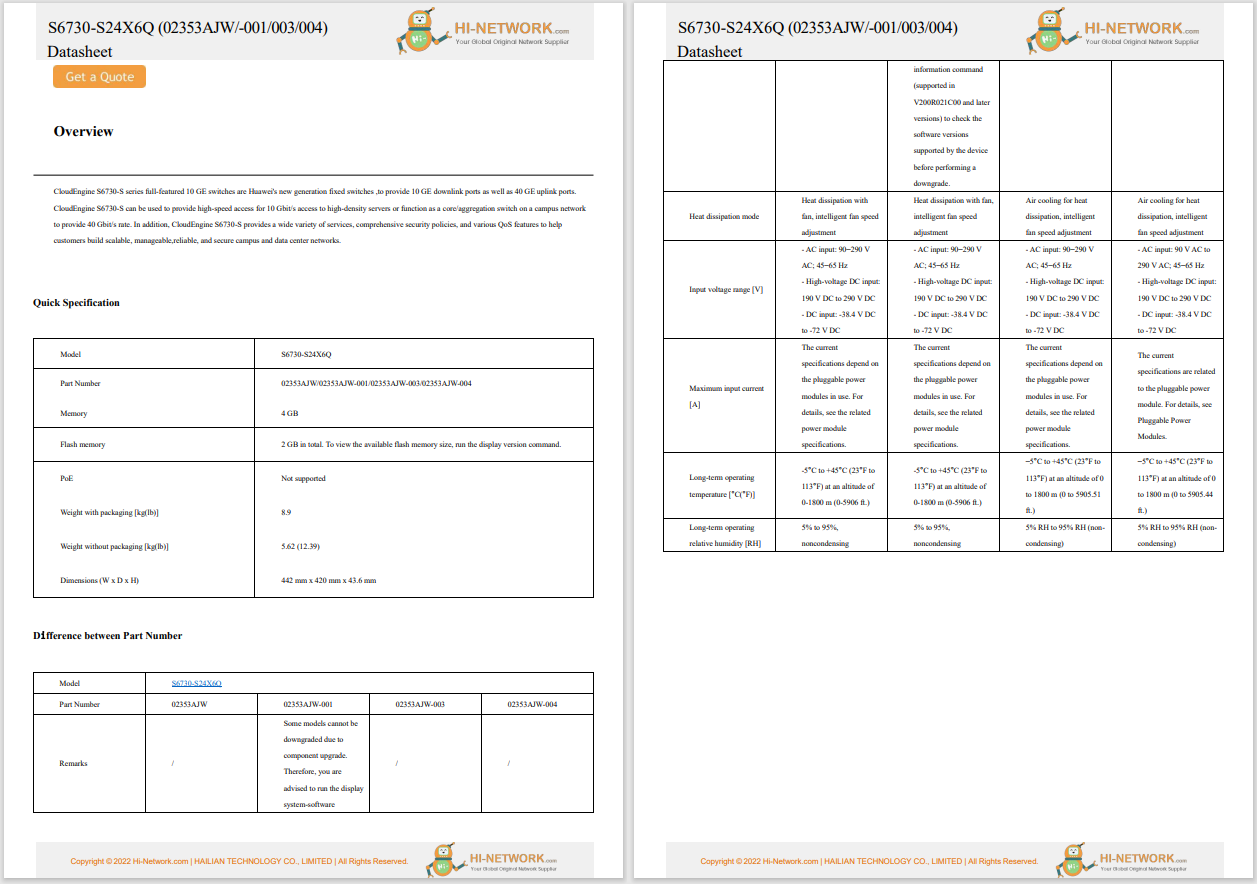

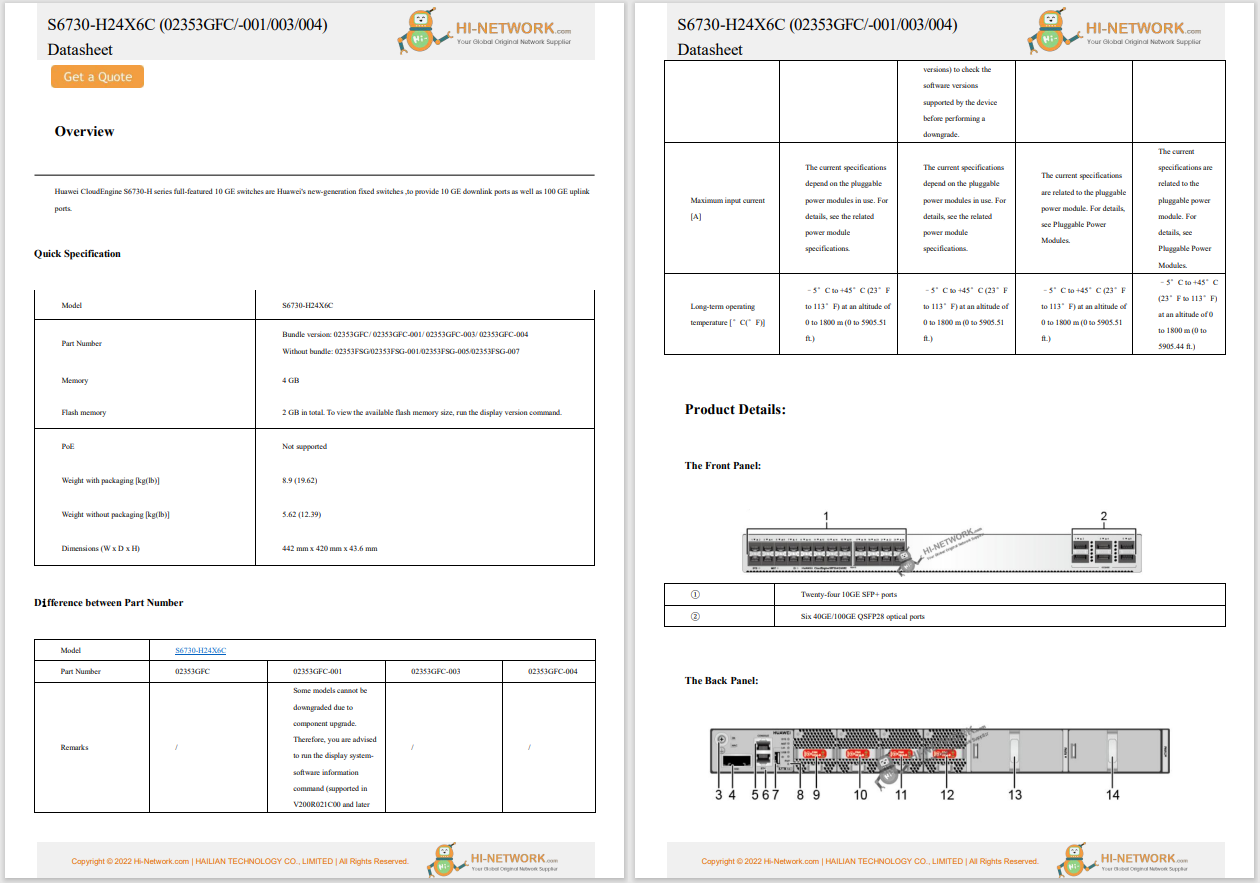
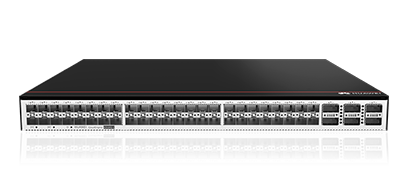
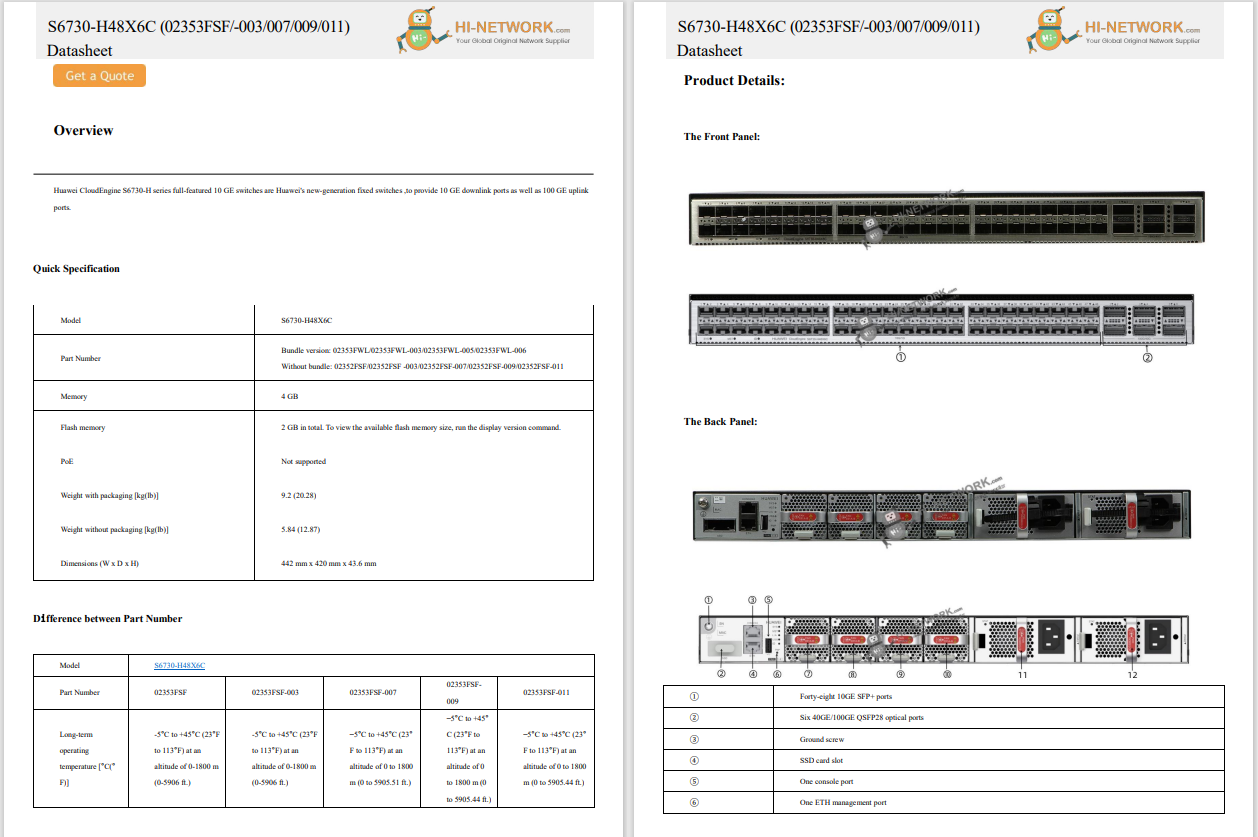

You might have heard that several iterations of Intel-based Macs will no longer be supported by Apple. Although when Tahoe is released and Intel-based Macs start losing support, Apple will continue providing critical security updates for those machines for roughly three more years, during which time they will not receive any new features.
After that three-year period ends, those Intel-based Macs will receive nothing. But there's hope... in Linux.
Also: Want to save your old computer? Try one of these 8 Linux distros for free
Yes, you can install Linux on Macs. The process is very similar to how you install Linux on any laptop or desktop (as I showed you in I rescued my dying 2017 MacBook Pro with Ubuntu and it works like a charm (mostly)). Although not every feature worked for me (I had to use a Wi-Fi dongle to get wireless to work), you'll find that certain Mac devices fare better than others.
If that sounds appealing, you might want to consider a Linux distribution that resembles MacOS in some ways. No, you won't find a MacOS clone, but there are some distributions that, thanks to their desktop layouts, can get you up and running with a bit less stress.
Although elementaryOS might not have quite the elegance found in MacOS (it could certainly use a bit of glass and blur, in my opinion), it's always one of the first Linux distributions I think of when someone mentions a MacOS-like OS. elementaryOS has the same layout (dock and top bar), a consistent UX throughout the desktop, runs like a champ, and is simple to use.
This distribution is designed and developed totally with the user experience in mind, and the developers have done a fabulous job following through on that. With every app blending into the theme, elementaryOS feels so similar to earlier versions of MacOS. The elementaryOS development team has even posted very strict guidelines that developers must follow to get their apps onto the desktop.
Also: 6 features I wish Linux would borrow from MacOS
The elementaryOS distribution is based on Ubuntu, so it includes a rock-solid foundation, the simplicity of the apt package manager, and Flatpak for the installation of all the apps you need. You can download and install elementaryOS for free (although a donation is helpful) from the official site.
This is ZorinOS Core with a few tweaks to resemble MacOS.
If you use the free version of ZorinOS, you get four desktop layouts. If, however, you pay for the Pro version ($47.99), you get six other layouts, one of which looks very much like MacOS. On top of all that, ZorinOS mixes in a bit of transparency (but not background blur) to give it more panache.
Unlike elementaryOS, ZorinOS also ships with several preinstalled applications, including LibreOffice, Brave browser, and Evolution groupware suite. ZorinOS also enjoys an Ubuntu foundation, so it will have solid hardware recognition, an outstanding package manager, and will run like a champ.
Also: I converted this Mini PC from Windows to Linux, and it came alive. Here's how
Just remember, if you want the MacOS-like layout, you have to pay for the Pro version. Of course, you could also use the free version, choose the GNOME layout, and install the GNOME Dash To Dock extension to get a MacOS-like look.
Ubuntu Budgie is one of the more elegant desktops on the market.
I've been a fan of Ubuntu Budgie for a long time. Ubuntu Budgie brings together two of my favorite Linux things -- the Ubuntu distribution and the Budgie desktop. What's not to love? One nice feature of Ubuntu Budgie is that you can easily switch between a MacOS-like dock or a Windows-esque panel, and several other layouts. Ubuntu Budgie also ships with several themes you can use, including those based on previous releases of MacOS (such as WhiteSur and Mojave).
If there were a Linux distribution that could make me switch from my current favorite, Pop!_OS, it would be Ubuntu Budgie. In fact, a few years ago, I did switch from Pop!_OS to Ubuntu Budgie. It wasn't until I purchased a new System76 Thelio desktop that I switched back to Pop!_OS.
Also: How to download files on Linux without a web browser - and why this way is faster
You can download and install Ubuntu Budgie for free. Just grab an ISO from the official download site, burn it to a USB flash drive, boot it, and install this fantastic OS.
Pop!_OS can be customized in all sorts of ways.
Pop!_OS might be an odd choice for a MacOS-like distribution, but the proof is hard to deny. The default Pop!_OS layout includes a dock and a top bar. How MacOS is that? Verily, I would say quite. But Pop!_OS isn't just about having a pretty MacOS-esque face. Pop!_OS is about power and the ability to download different versions for NVIDIA or AMD GPUs. That alone makes a huge difference, because you won't have to spend time locating the proper drivers for your hardware. It also makes Pop!_OS a great distribution for gaming, or other video-intensive tasks.
Also: The best Linux laptops you can buy: Expert tested for students, hobbyists, and pros
I would recommend Pop!_OS for just about any use case, and if you like the look and feel of MacOS, this would be a great option to install on your no-longer-supported Mac. You can download and install Pop!_OS for free from the official download site.
Isn't it lovely?
pearOS is probably the closest thing to a MacOS-looking desktop you'll find on Linux. During installation, you also choose between NVIDIA or AMD GPUs. pearOS uses KDE Plasma and Latte Dock to achieve the MacOS look, and boy, does it achieve its goals. With plenty of blur and transparency, your PearIntosh will surprise you with how much it resembles MacOS. I will warn you, though, that pearOS can be a bit tricky to install. It's not the installation process that's challenging; it's that installing it as a virtual machine poses some issues. Because of that, your best bet is to give it the ol' college try on your Intel-based Mac and hope that it succeeds. If it does, you're in for a treat, because pearOS is gorgeous.
Another thing to keep in mind is that pearOS ships with a bare minimum of applications, so you'll need to open the app store immediately and start installing the apps you need.
Also: Ready to ditch Windows? 5 factors to help you decide between Linux or MacOS
You can download an ISO of pearOS from the official download site and install it for free.
 Hot Tags :
Tech
Hot Tags :
Tech